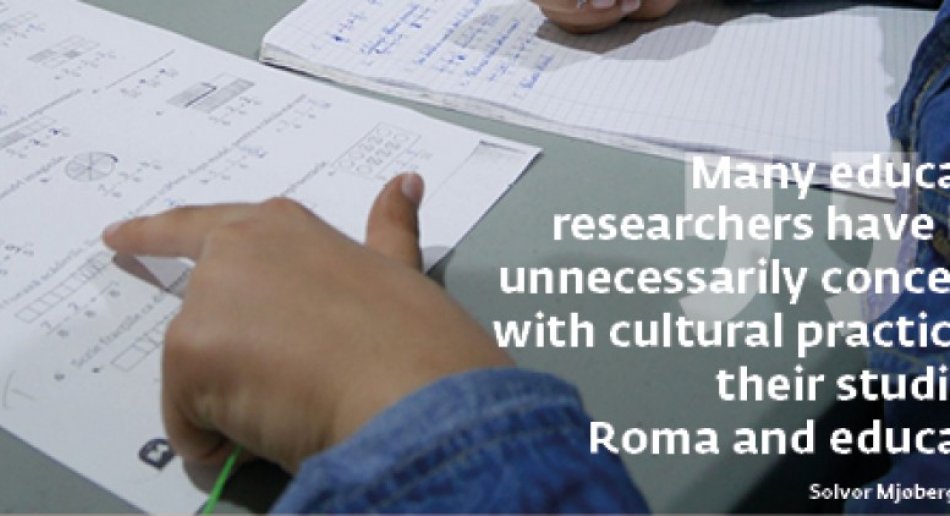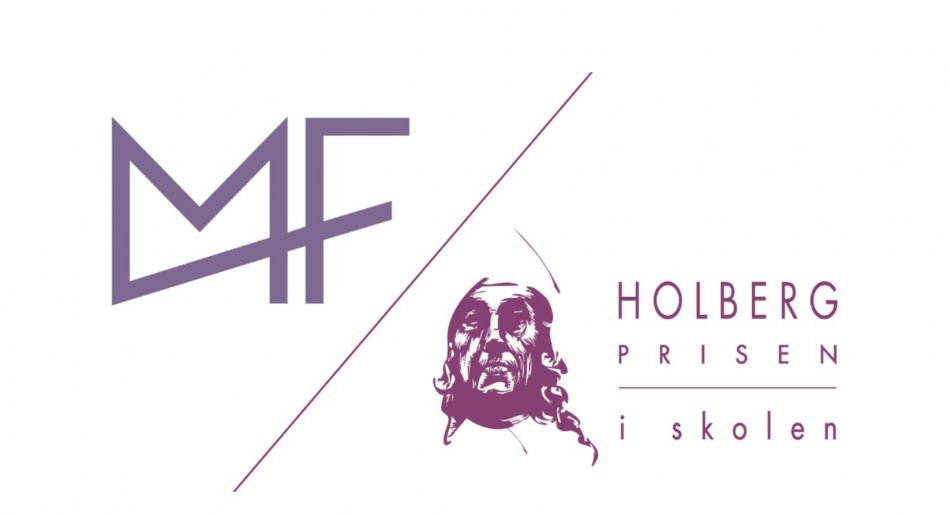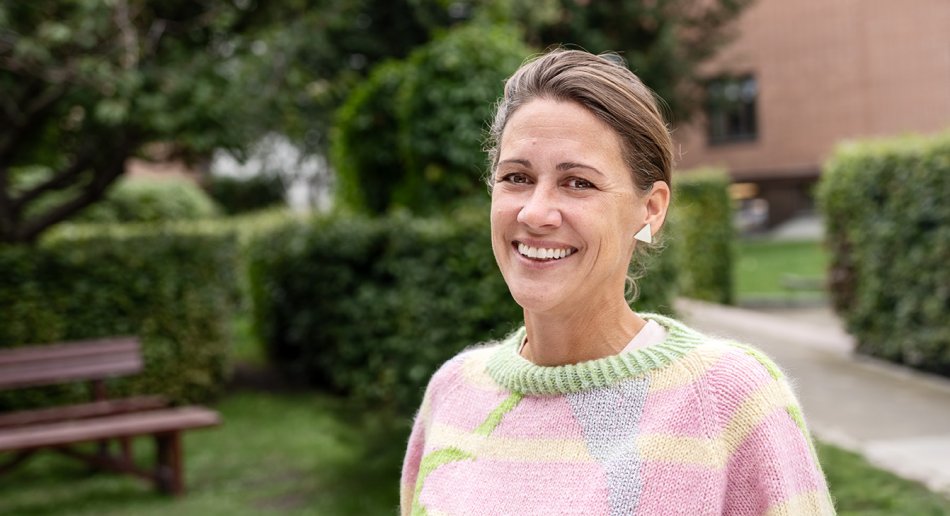
Researchers paint a flawed image
– Education researchers have contributed to creating and sustaining flawed notions about Romas education situation, says Solvor Mjøberg Lauritzen.
(translated by Andrew D. Wergeland)

Solvor Mjøberg Lauritzen is associate professor of education at MF.
Lauritzen is associate professor of education at MF. She studies Roma - Romani people - in Romania, and their education.
She is currently working on an article on the education situation for Roma in Romania, where she is especially focusing on informal educational opportunities given through charity organizations, in part with Norwegian support.
Neglecting discrimination against Roma
– What do you mean that education researchers have both created and sustain flawed notions about Romas education situation?
– Many education researchers have been unnecessarily concerned with cultural practices in their studies of Roma and education. Notions about Roma having a nomadic lifestyle and maintaining traditional gender role patterns have taken focus away from other perspectives, like the role played by the fact that the majority of Roma live in poverty, and the discrimination the Roma experience. Lauritzen points out that Roma are one of the most marginalized groups in Europe.
– Their current situation must be understood historically. Roma were kept as slaves in Romania for over 500 years, and up towards half a million Roma were exterminated during the Holocaust. Antigypsyism(racism towards Roma) is an integrated part of European culture, and because it is so widespread, it is challenged very little. Racist attitudes and prejudices are therefore allowed to continue relatively unchecked.
Lauritzen says that this leads to discrimination of Roma, which in turn has practical consequences in people's lives.
– To give an example, 80 percent of Roma in Europe live below national poverty levels, and in Romania, life expectancy is 16 years shorter for Roma compared with other Romanians.
When it comes to school and education, the situation for Roma is also worse than for other Romanians in Romania, according to Lauritzen.
Segregation – a major problem
– Far fewer Roma complete primary school compared with other Romanians, and extremely few get the opportunity to receive higher education. Segregation is a major problem, and nearly a third of all Romani children go to schools where most of the other children are also Roma. This is among other things related to the fact that most Roma live in segregated ghettos. This affects which schools are available to them. Many are also turned away from schools because they are Roma. In the segregated schools, the quality of and access to facilities is lower than in schools where there are also non-Romani children. For example, nearly 60 percent of the segregated schools lack central heating, and most of the teachers are replaced every year.
Lauritzen points out that the educational opportunities for Romani children are therefore far from equal to those for other children in Romania.
– Still, there is a widespread notion in both Romania, Norway and other European countries that Roma themselves do not want to go to school. Ideas about Roma having a nomadic lifestyle and a traditional gender role pattern are also used to explain low school attendance. When the majority hides behind such notions, the authorities and schools do not have to do anything about the serious discrimination going on.
Migration from Romania and Bulgaria have made many in Norway aware of the situation for Roma in Europe.
– Unfortunately, the debate is often strongly characterized by antigypsyist notions. A lot of the research done proceeds from such prejudices in order to confirm or disprove them, says Lauritzen.
Charity efforts contribute to maintaining segregation
During a half year of field work in Romania, Lauritzen gained insight into how charity organizations put efforts into informal educational opportunities for Roma in Romania. They offer after-school tutoring to children who are already enrolled in school, or alternative schooling to children who are denied public schooling.
– My research documents how such efforts can reach children that wouldn't otherwise receive a basic education. At the same time, I discuss the limitations and challenges connected with these efforts. Because they are directed specifically towards Romani children, the work of these organizations contributes to maintaining segregated education. At the same time, they cover up a need, and risk making the deficiencies of the public school system invisible.
Lauritzen thinks that the activity of these organizations can in this way become an excuse for governments and public schools to not do anything about their discriminatory practices.
Seeks to find reasons for migration
– The article I am writing now discusses how organizations to a higher degree can utilize the insight they gain through their efforts with individual children to influence a discriminatory school system. They gain a unique insight that they can use to draw attention to discrimination and put pressure on the authorities, both locally and nationally.
There is almost no other research available on informal education opportunities for Roma in Romania, despite the fact that more and more Norwegian organizations invest in such efforts. Lauritzen's research is therefore groundbreaking.
– When I began researching this topic, it was because I wanted to bring to light knowledge about the underlying causes of migration. Because I study education, this was a natural approach. My research documents how difficult life can be for Roma in Romania, and can at the same time give insight to Norwegian organizations that want to help Roma in Romania.
Research news



